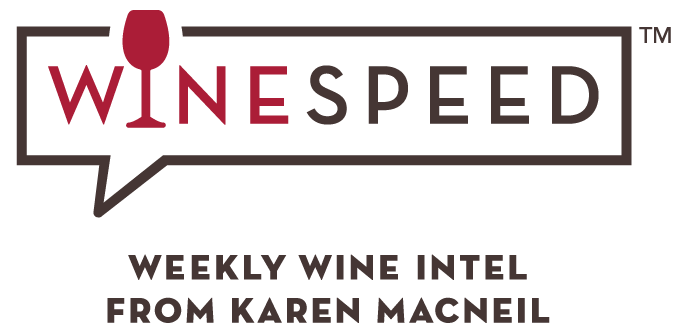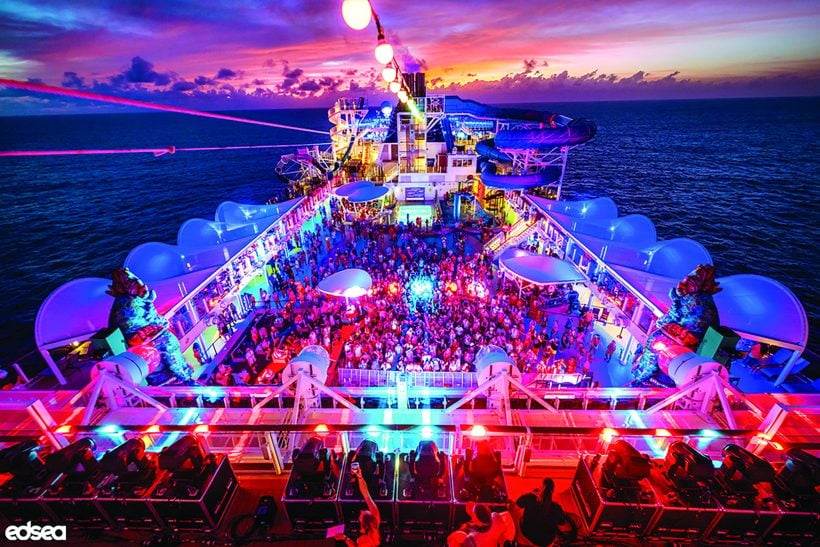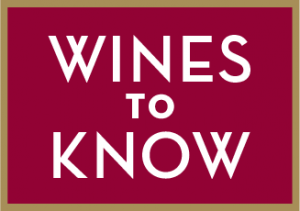
DOMAINE DES BAUMARD | “CLOS DU PAPILLON” SAVENNIÈRES 2013
(Savennières, Loire Valley, France) $40 (750ml)
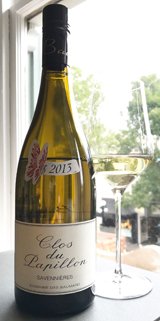
In wine, what we don’t know is often the most fascinating part of drinking. Take minerality. Scientists adamantly refute the notion that vines take up minerals from the earth in the easy way we might imagine. Nonetheless, minerality exists. You can taste it even if you can’t know it. This dry chenin blanc from the village of Savennières is an example. Close your eyes, and you’re drinking crushed crystals. Drink it bracing cold, and its raciness is fantastic. It’s not knowingness masquerading as deliciousness. (13% abc)
89 points KM
Available at Pogo’s Wine & Spirits

OK, wine pros. Here’s a WineSpeed Challenge. The following four varieties—lemberger, sauvignon vert, zinfandel and trebbiano Toscano—are also known by which of the following names respectively? (If you get this right, you really know your stuff!)
- A. kékfrankos, sauvignon blanc, primitivo, and garganega
- B. zweigelt, sauvignon gris, bonarda, colombard
- C. st. laurent, sauvignonasse, plavac mali, and gros manseng
- D. blaufränkisch, friulano, tribidrag, and ugni blanc
Scroll down for the answer!

BIVALVES, MEET BUBBLES
Why are sparkling wines and oysters such a fine match? One reason is that their flavors are both complementary and contrasting. Oysters, of course, have a distinctive briny, saline quality that comes from the seawater the bivalves filter through their plump, rich bodies. Sparkling wines have crisp acidity and sometimes a minerally quality that complements the brininess of the oysters. And while both oysters and sparkling wine have fresh flavors, a sparkler’s acidity cuts through the oyster’s powerful sea flavors while refreshing the palate for another slurp. And finally, for anyone who loves texture, it’s hard to find two more textural indulgences than oysters and bubbly.


AUTOLYSIS
The decomposition of spent yeast cells. When a wine is left sur lie, or on the lees, it remains in contact with the spent yeasts that performed the fermentation. As the yeasts’ cell walls collapse, enzymes start to break down the cells themselves, producing mannoproteins and polysaccharides that are released into the wine. These impart an extra dimension of flavor, texture, viscosity and complexity.

OH, CANADA (AND I THOUGHT I DIDN’T LIKE CHARDONNAY)
Recently, I was in Ontario at the International Cool Climate Chardonnay Celebration to give the keynote speech (title: The Theory of Cool). Over the course of three days, I tasted a slew of chardonnays and sparkling wines that blew me away. Our neighbors to the north are making some of the most vibrant wines in the New World. Continue Reading…

LOVE, OREGON BY R. STUART & CO. PINOT NOIR 2014 (OREGON) $19
I never would have thought a pinot noir would make it into Steals, but here it is, a delicious simple pinot evocative of strawberries and spices.
BIG FIRE BY R. STUART & CO. PINOT NOIR 2014 (OREGON) $19
OK, who are these R. Stuart guys? Here’s another pinot Steal—this one’s more on the earthy side, with notes of tea, roasted beet and damp earth.
STANDING STONE “NORTH BLOCK” RIESLING 2016 (FINGER LAKES, NEW YORK) $19
Tangerines and starfruit swirled together in this beauty. The touch of sweetness balances the wine’s off-the charts crisp acidity.
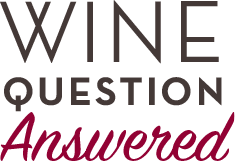
D.What’s called lemberger in New York State is known as blaufränkisch in Austria and kékfrankos in Hungary. Sauvignon vert, which is widely grown in Chile, is distinct from sauvignon blanc; sauvignon vert’s synonyms include sauvignonasse and friulano. Zinfandel is the same grape as primitivo in Italy and tribidrag in Croatia. Originally from Italy, trebbiano Toscano is called ugni blanc in the Cognac and Armagnac regions of France. Whew.


